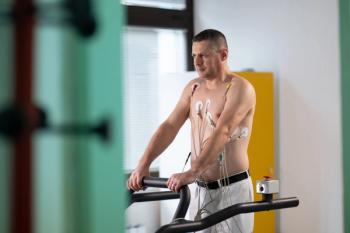
Dr Shauntice Allen Explains Community-Level Factors Contributing to Cancer Disparities
Until the underlying community health factors like poverty and education are addressed, disparities in cancer outcomes will persist, according to Shauntice Allen, PhD, assistant professor in the University of Alabama at Birmingham School of Public Health. She also discussed how health systems and providers can contribute to efforts to improve community health.
Until the underlying community health factors like poverty and education are addressed, disparities in cancer outcomes will persist, according to Shauntice Allen, PhD, assistant professor in the University of Alabama at Birmingham School of Public Health. She also discussed how health systems and providers can contribute to efforts to improve community health.
Transcript (slightly modified)
How do community-level health factors contribute to disparities in cancer care?
Community-level health factors, so things like poverty, lack of transportation, educational attainment, all of those things have a great deal of impact on cancer health disparities. Personally, I think that until we address those issues in a very meaningful way, we’re going to continue to see the disparities that we see.
How can healthcare providers and health systems work as partners in improving community health?
I think first, by really understanding that it is all of our jobs to address disparities, not only just in cancer, but in any kind of chronic disease issue. Then, being really open and willing to actually say: This is the lane that I know. This is what I know how to do. I may not be the best person in terms of outreach, but let me figure out who it is that I can partner with to help.
I really think it’s a kind of holistic approach that we need to take in terms of ensuring that providers and health systems not only are talking to each other and paying attention to patient care, but also thinking about and anticipating what those needs are of patients and the communities that they serve. We honestly all have a role to play in that.
Newsletter
Stay ahead of policy, cost, and value—subscribe to AJMC for expert insights at the intersection of clinical care and health economics.













































